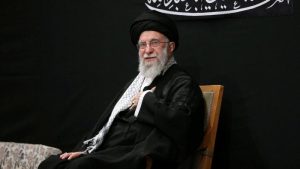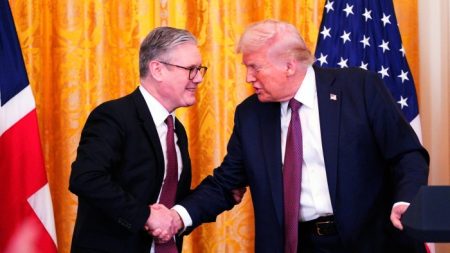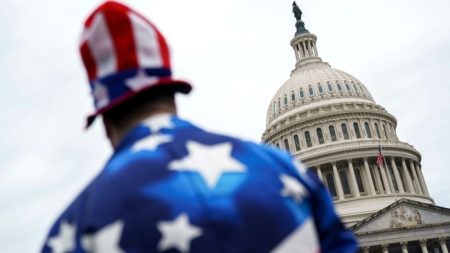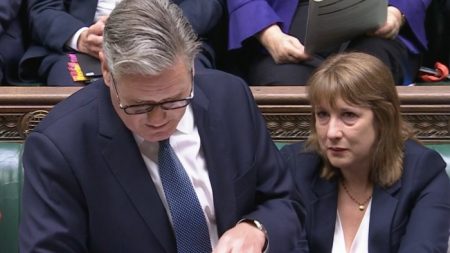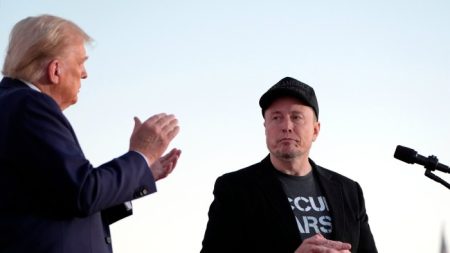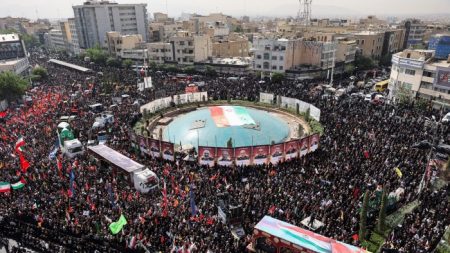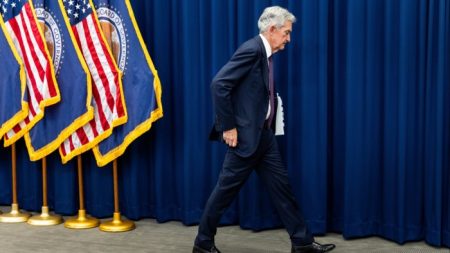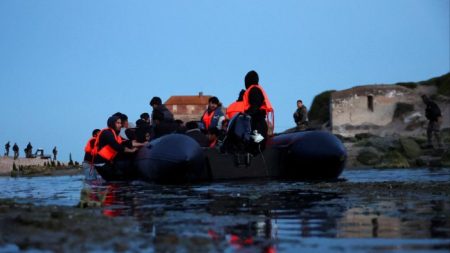Unlock the Editor’s Digest for free
Roula Khalaf, Editor of the FT, selects her favourite stories in this weekly newsletter.
Iran’s Supreme Leader Ayatollah Ali Khamenei has appeared in public for the first time since Israel unleashed strikes on Iran last month that triggered almost two weeks of war and killed dozens of top military figures.
Khamenei, 86, attended a Shia ceremony on Saturday in Tehran to mark the Muslim month of Muharram, where he was met by crowds of supporters, according to a video broadcast by state media.
Since Israel’s offensive began on June 13, Khamenei has addressed the Iranian nation in three pre-recorded video messages, but his prolonged absence from public view had raised speculation about his safety.
The recent conflict marked the first time since assuming power in 1989 that Khamenei had apparently gone into hiding during a war.
In his most recent message on June 26, two days after the ceasefire, he claimed “victory” against the US and Israel, saying Israel had been “crushed” during Iran’s counterstrikes.
During Saturday’s ceremony at the Hosseinieh, a building reserved for Shia Muslim commemorations that is also used for the leader’s public meetings, Khamenei requested that the eulogist recite “Ey Iran”, a song with deep nationalist themes.
The lyrics were altered to add multiple religious references. Iranian leaders have in recent weeks tried to tap into nationalist sentiments awakened by the war with Israel, in a divergence from their usual efforts to invoke religious narratives on preserving Islam.
It is unclear where the Iranian leader has been staying for the past few weeks.
US President Donald Trump has previously claimed that he was aware of the Iranian leader’s whereabouts and had prevented Israel from assassinating him, drawing angry rebukes from Iranian officials who said such potential assassination threats constituted “state terrorism”.
For Iranians facing uncertainty since the ceasefire, the leader’s public appearance may be viewed as a signal of stability.
Foreign minister Abbas Araghchi wrote on X that it was “the most beautiful image I saw after arriving in Brazil”, where he was attending a summit of the Brics bloc of developing nations, which includes Iran.
In a departure from tradition, Khamenei was absent from religious ceremonies for the commanders killed in the Israeli strikes. For decades, he personally led the funeral prayers for top military and political figures, including Qassem Soleimani, the Revolutionary Guards’ top overseas commander who was killed in a US air strike in 2020, and former president Ebrahim Raisi, who died in a helicopter crash last year.
The 12-day war concluded with a ceasefire on June 24. Almost 1,000 people, including more than 140 women and children, were killed in Israeli attacks in Tehran and other Iranian cities. In Israel, about 28 people were killed in the conflict.
Read the full article here

